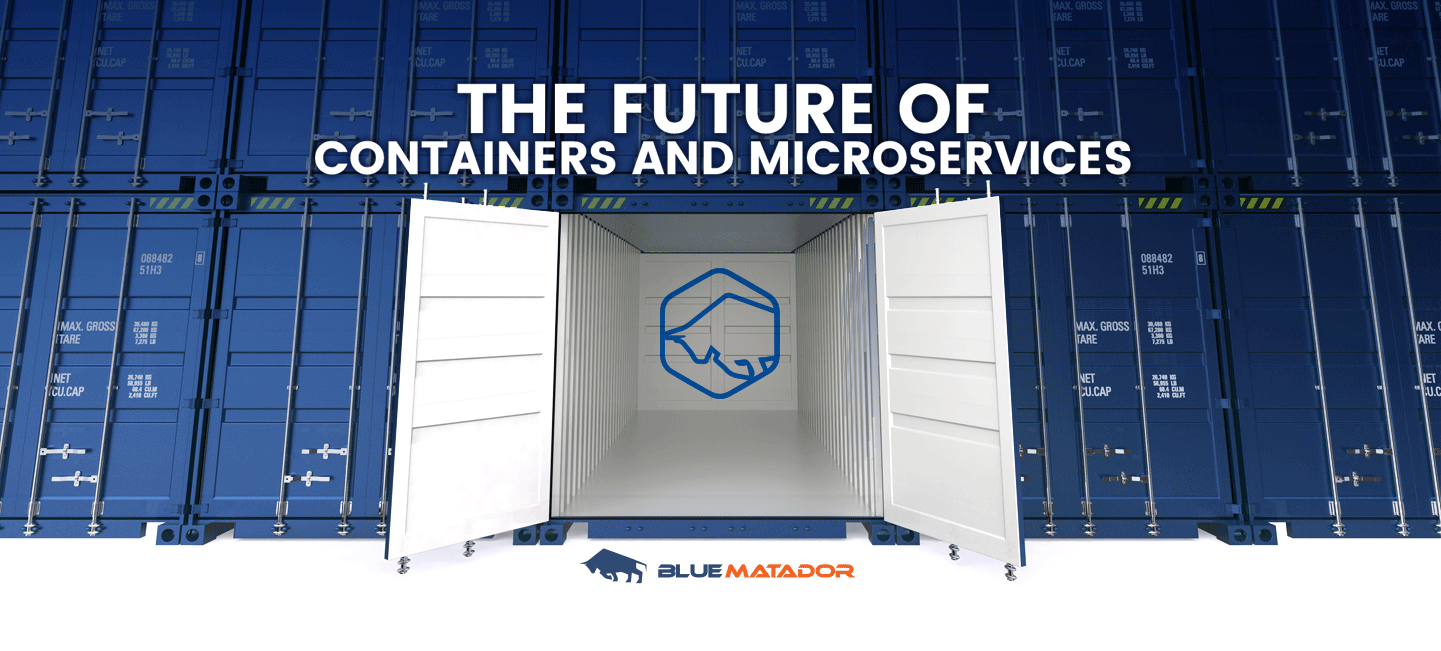Unless you've been living under a rock for the past 4 to 5 years, you know that containers have swept the DevOps landscape by enabling the deployment of microservices a heck of a lot easier than doing the same with virtual machines.
Microservice-based architectures are the name of the game these days in software architecture, where each component of the platform has a more distinct, specific scope deployed via containers that can be spun up and down as needed
Sometimes referred to as OS-level virtualization, containers largely became popularized by Docker. Docker has erupted in popularity over the past year alone. On LinkedIn, references to Docker in profiles grew 260%. And DockerCon, the annual conference celebrating all things
As organizations strive for greater efficiency in IT, they are using a variety of tools. Architectures like microservices are the backbone of new, dynamic application services, and containers are being used to speed deployment of new functionality.
Here's a look at some emerging trends for containerization and services that run in micro.
1. Simplicity and Elasticity
A container-based architecture simplifies all these steps and makes it easier to manage immutable deployments of elastic microservices-based architectures. Products driving this trend include Docker, Mesos, Kubernetes and CoreOS.
The industry is shifting from the traditional monolithic architectures that prevailed when building server-based JEE and .NET applications over to so-called microservices-based architectures. This move is driven by some of the same needs that drove the service-oriented architecture movement—integration and a services-based architecture.
But today there is a bigger focus on service simplicity, single-responsibility, composability, service orchestration and isolation—the latter being a requirement for both resilience (containment of failures, preventing them from cascading), elasticity (scalability, distribution and replication) and ease of deployment, provisioning and maintenance.
2. Moving from the Margins to the Center of DevOps
Docker continues to grow in popularity, primarily because of its ease of packaging and distributing code across any environment. Combined with a microservices architecture, Docker empowers developers to build software in smaller, more modular components that can be combined to create solutions to complex problems.
Moving to a microservices architecture requires some up-front planning to avoid it becoming fragile, resulting in a distributed monolith. From service design to deployment and monitoring, there are several considerations for deploying a microservices architecture using Docker.
As more and more organizations implement containers and microservices, its use will snowball as more engineers have experience managing them. Already we've seen smaller, more nimble companies iterate quickly with containers, for example, but also large automobile manufacturers like Ford and Honda are implementing as well. We're seeing containers go from a niche use to widespread.
“Containers are critical to our digital transformation strategy as they provide developers with the independence and flexibility they need to push out new capabilities fast and without placing a burden on it operations.” —Product manager of a large automobile business, via vmware.com
3. Containers as a Service
Lastly, it seems a lot of businesses want to brand themselves "as a service today." After all, "as a service," as in SaaS, implies repeating monthly revenue. Containers are the next thing set to explode as a service for DevOps.
Containers, microservices, and serverless computing will be exploited to deal with the deluge of data hitting the cloud.
Though containers are already big in the cloud market, the technology is less than two years old. Enterprises are warming up to the phenomenon of using containers alongside VMs.
New categories such as container management, orchestration, security, logging, monitoring are evolving in this space. As microservices and containerized workloads become mainstream, they will dominate the public cloud deployments.




